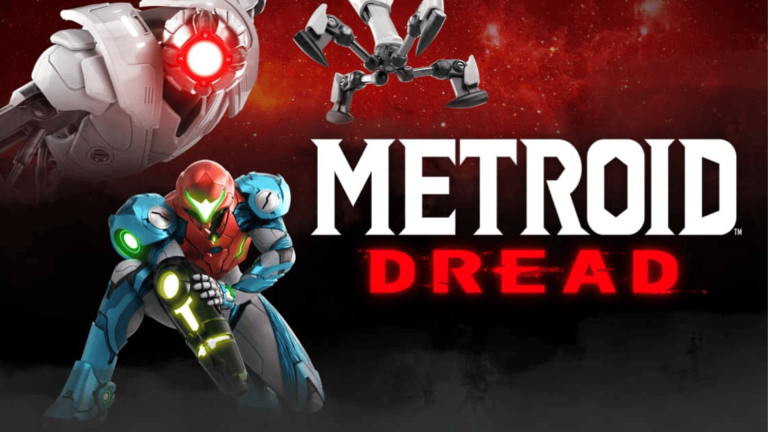I remember the first time I spotted a Sega Saturn at a flea market. The seller wanted way more than I thought any old console was worth.
Later, I checked online and saw Saturn consoles and games cost far more than I expected.
If you’ve been searching for why this system has become one of the most expensive parts of retro gaming, you’re in the right place.
In this article, I’ll share what makes Saturn collecting so costly today. We’ll examine rarity, nostalgia, challenging hardware, small fan bases, and even market hype.
By the end, you’ll have a clear picture of why the Sega Saturn stands apart in the collecting world.
Why Sega Saturn Consoles and Games Are so Expensive Today?
When I started looking into Sega collecting, the Saturn surprised me the most. You might think the Genesis or Dreamcast would be the pricey ones, but it’s the Saturn that often costs the most.
The reason is simple: low sales and limited production. Fewer consoles and games were made, so there just aren’t as many around today.
Add in the fact that many Saturn titles were only released in Japan or in small runs, and you can see why prices climb.
For collectors like you, the rare packaging and complete versions with manuals make things even more expensive. It isn’t just about scarcity, though. The Saturn has cult status now.
People want it because it represents a unique moment in Sega’s history, and demand always drives up prices.
Scarcity and Limited Print Runs
The main reason Saturn prices are high is scarcity; few consoles and North American games were made.
Most North American releases had very low production runs, making them difficult to find today. Japanese versions, on the other hand, are far more common and significantly less expensive.
Shining Wisdom may cost $10–15 in Japan but sells for hundreds in North America.
Some titles, like The House of the Dead, had such limited distribution that original copies are now considered rare treasures.
Collectors are always chasing these hard-to-find games, and that constant demand pushes the value higher and higher over time.
Collector Demand and Nostalgia
As time passes, nostalgia grows. People who couldn’t afford these games as kids now want them. The supply is shrinking, but demand continues to grow.
- Retro gaming has seen a boom, with more players coming back to systems like the Saturn.
- Collectors often hold on to their games, which makes finding them even harder.
- Some genres, especially RPGs, seem to gain value faster than others.
I’ve read posts where people compare Saturn prices to PlayStation. One comment noted that PS1 games are still affordable, but Saturn games in good condition always start at a high price.
Complex Hardware and Poor Emulation Support
Another reason Saturn games stay expensive is the hardware. The Saturn had a strange design with multiple chips working together.
This made it powerful for its time, but also made it difficult to develop for.
- Emulation is still tricky compared to other systems.
- Modern PCs can handle it, but publishers skip Saturn re-releases since the payoff is low.
- Sega has focused on re-releasing Genesis and Dreamcast titles, not Saturn.
With no digital re-releases or collections, original discs and consoles are the only way to play, keeping demand high.
Emulation is still tricky compared to other systems. I even wrote a full guide on why Sega Saturn emulation is harder than Dreamcast, breaking down the technical reasons behind it.
Niche Appeal and Limited Market Awareness
The Sega Saturn was never as popular as the PlayStation or Nintendo 64. During its time, it was overshadowed by larger names and ultimately sold far fewer consoles.
That smaller sales base still affects collectors today. The fan community for Saturn is much smaller, but also more passionate.
People who grew up with it know its value and pay higher prices to own it again. For newcomers, the lack of awareness can make it confusing to get started.
Collecting Saturn often feels like being part of a small club, and that exclusivity pushes the prices up even further.
Condition, Completeness, and Collector Grade
Condition plays a huge role in Saturn game prices. The level of completeness can change the value more than anything else.
A disc-only copy might still be within reach, but once you add the original case and manual, the price can shoot up. In many cases, a complete copy is worth ten times more than the disc alone.
Collectors seek “CIB” (complete in box), while sealed or mint games sell for the highest prices.
Certain titles, such as Panzer Dragoon Saga, are seen as holy grails. A complete copy of that game can fetch a truly staggering amount.
Iconic and Unreissued Saturn Exclusives
Another reason Saturn games are so expensive is the exclusivity of certain titles. Some of the system’s best titles never left the console, which keeps collectors hunting for the originals.
These games are a big part of what makes the Saturn stand out in the retro market.
- Panzer Dragoon Saga is one of the most famous examples.
- Shining Force III and others remain stuck on Saturn.
- With no modern ports or remasters, collectors chase the originals.
Conclusion
So why are Sega Saturn consoles and games so expensive today? The reasons stack up: scarcity, nostalgia, complex hardware, a small but loyal fan base, and collector hype.
The system never sold well, which means fewer consoles and games exist now.
Over time, that limited supply met a growing demand from fans who wanted to relive their memories, and prices climbed.
For collectors, it’s not just plastic or discs; it’s owning a piece of history.
Now you know why Saturn prices are so high. With that insight, you can decide whether to collect or just enjoy the games another way.
Saturn collecting is unique, but part of Sega’s larger legacy of rare titles. For more, see my breakdown of the most valuable Sega games across Genesis to Dreamcast.







